The present painting depicts the Evangelist Luke, traditionally referred to as the author of the Gospel of Luke and the Acts of the Apostles, the third and fifth books of the New Testament. For the Catholic Church, he is the patron saint of artists, doctors and notaries and is celebrated on 18 October. He is depicted either as an artist portraying the Virgin and Child or as a writer penning one of the Holy Scriptures. Fiasella has preferred the second type of iconography here, showing the saint seated at a stone writing desk, with his emblem, the bull, on the right. There are various interpretations and traditions for the appearance of this animal: According to Saint Jerome and Bishop Victorinus of Petovio, it is due to the fact that in his Gospel he introduces Zacharias, the father of the Baptist, as the first figure. Zacharias, the father of the Baptist, was a priest in the temple and offered bull sacrifices.
Domenico Fiasella was born in Sarzana, where he was baptised on 12 August 1589. He received his first drawing lessons from his father and was then sent to Genoa, where he became a pupil of Giovanni Battista Paggi, who had just returned from Florence after a twenty-year stay. Fiasella's stay in Rome began around 1607. The signed painting A Player and a Courtesan (Trieste, Lloyd Adriatico) bears the date 1608 and explicitly indicates that it was painted in Rome. In 1615 Fiasella was living in the parish of San Lorenzo in Lucina. He created several paintings for the famous Marquis Vincenzo Giustiniani, including the two paintings of the "Miracles of Christ" in the Ringling Museum of Art in Sarasota (Florida).
The present painting can be dated between 1599, the year of Paggi's return from Florence, and 1607, when Fiasella moved to Rome. It has a purely Tuscan character, due to the contact and influence of the master, who brought to Genoa a very drawn and structured style, strongly influenced by the almost ten years he spent in Tuscany. However, the figure already shows a certain naturalism that the artist was to develop in the following decades when he came into contact with Caravaggio's painting in Rome.
We thank Roberto Contini, Berlin, and Anna Orlando, Genoa, who independently confirmed the attribution of the present painting based on a digital photograph.
The measurements are ca. 175*117cms



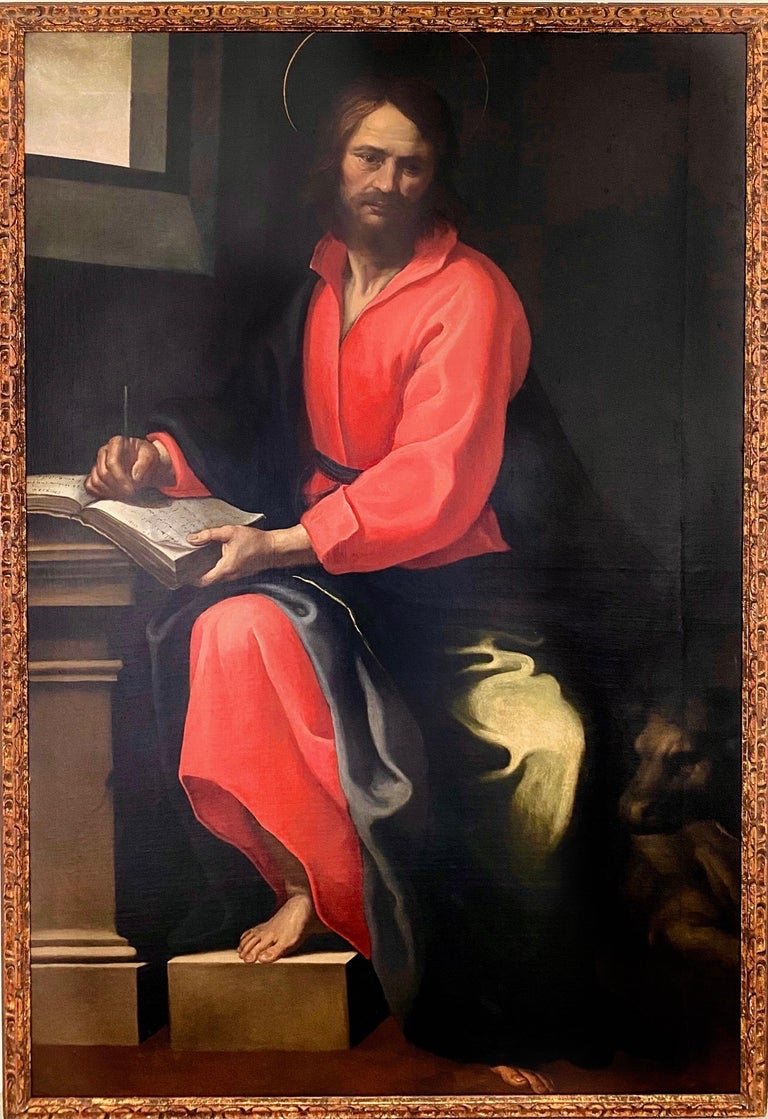
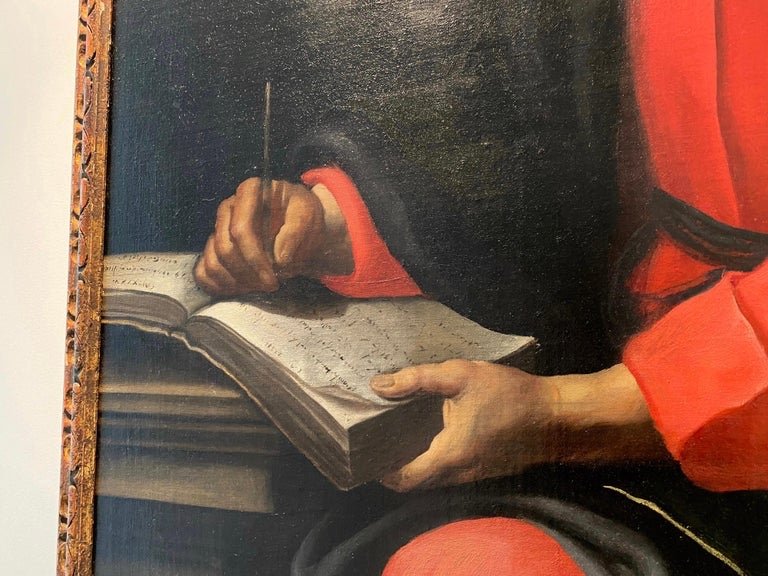
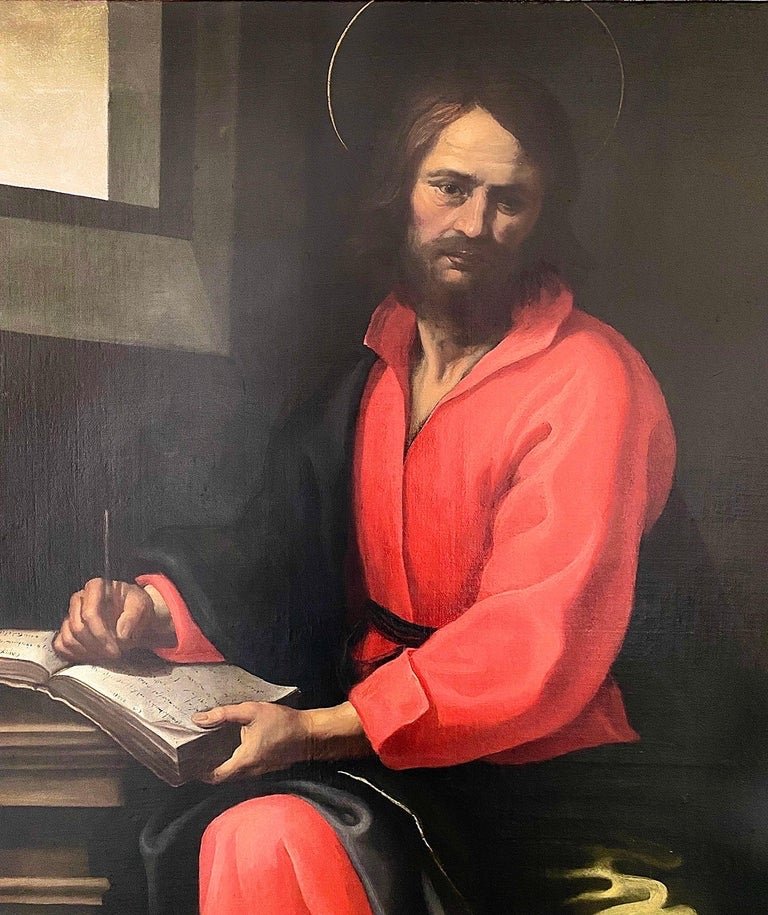
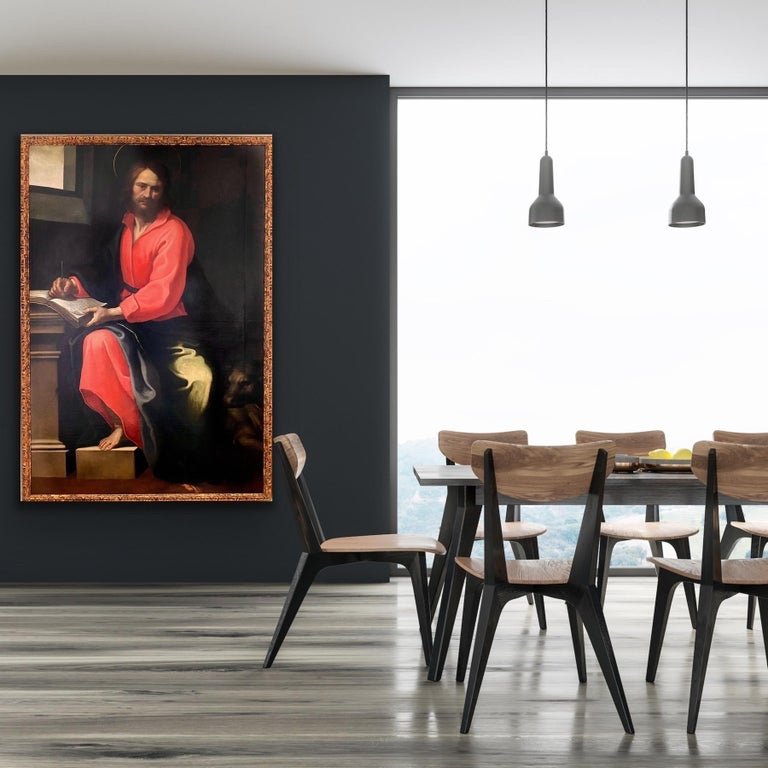
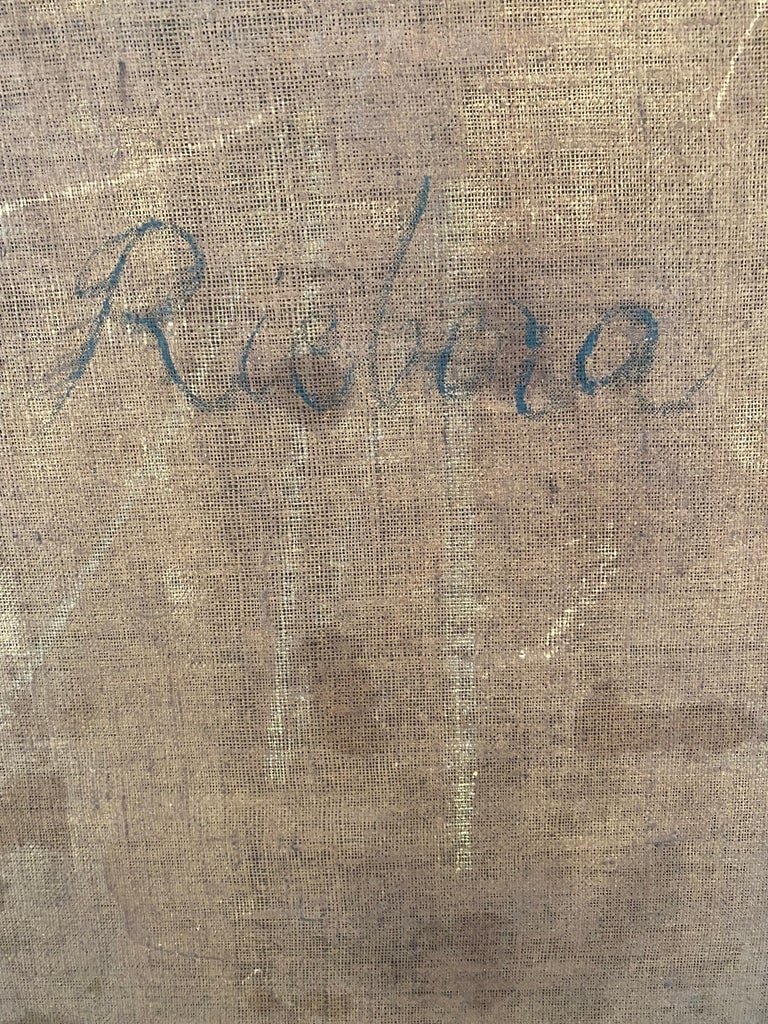
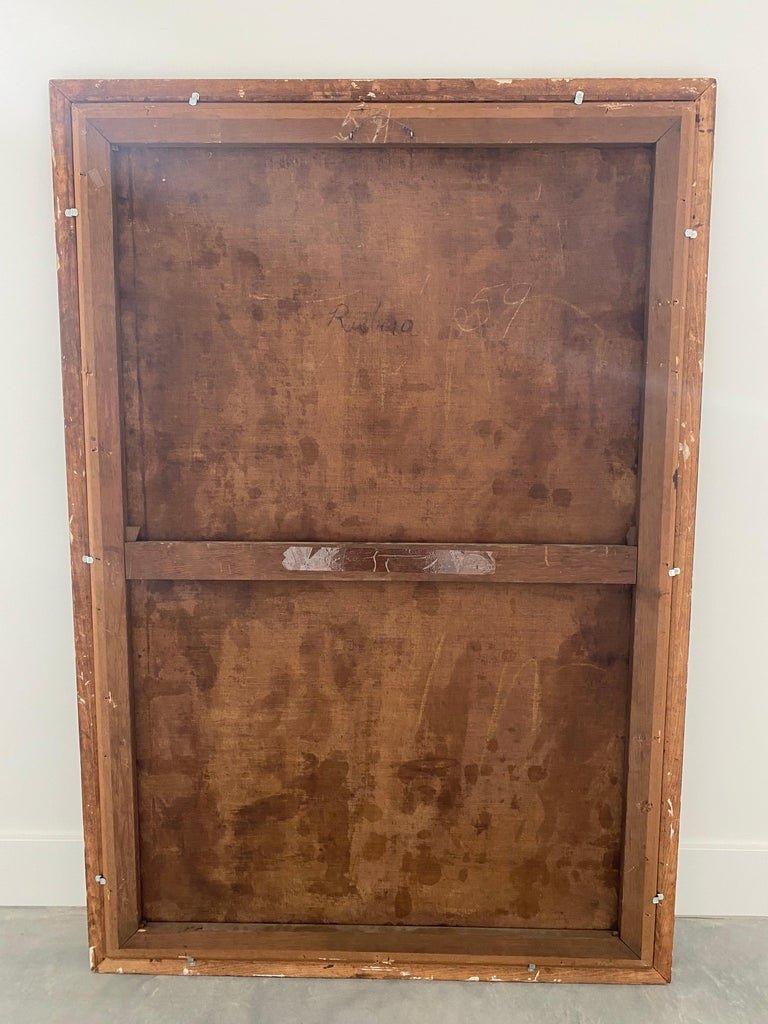


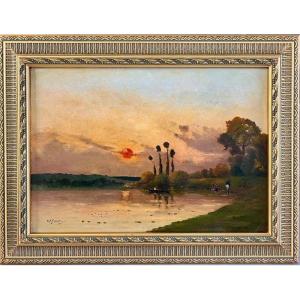
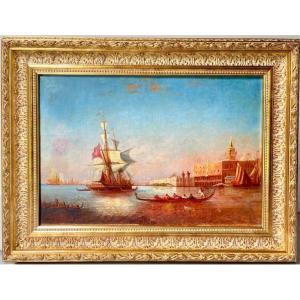







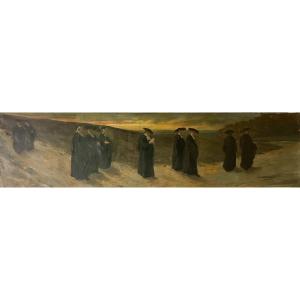



 Le Magazine de PROANTIC
Le Magazine de PROANTIC TRÉSORS Magazine
TRÉSORS Magazine Rivista Artiquariato
Rivista Artiquariato
